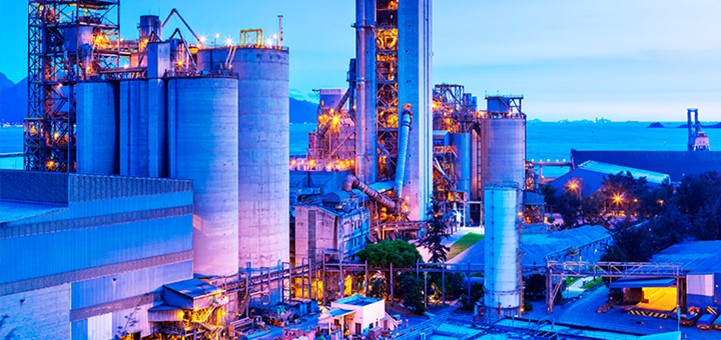ENVIRONMENTAL, HEALTH, & SAFETY COMPLIANCE LAWS FOR INDUSTRY IN MEXICO
By Mairis Ramos, Director of OSHA Education / Environmental Manager (Tulsa, OK)
Mairis Ramos hales from Venezuela as an Industrial Engineer with 9 years of experience in Safety,
Environment and Occupational Health. Her ability to implement accident reduction programs is a testament to her
commitment to excellence and innovation in the field of industrial engineering.
[Introductory Note: In 2025, Vanguard anticipates the release of its EMS Mexico!, an Environmental Management System dedicated to assisting companies located in Mexico with their efforts to achieve compliance excellence with their responsibilities for regulatory compliance among the dozens of EHS compliance laws on a federal, state, county, and local basis. EMS Mexico! has been years in the making, and will be set in both Spanish and English, as well as in the American numbers system and the metric system. It focuses on a combination of site-specific compliance with those laws known to require automatic compliance, as well as identifying compliance gaps with those EHS laws that may or may not be required through Vanguard’s precision due diligence via its intellectual properties and proprietary technologies.]
Mexico, as one of the most influential economies in Latin America, has experienced rapid industrialization and urbanization over the past few decades. The country has become a major hub for manufacturing, energy production, and agriculture, attracting significant foreign investment. With such industrial growth, Mexico faces significant environmental and public health challenges. To address these concerns, the government has enacted a range of laws and regulations to safeguard the environment, ensure worker safety, and protect public health. These laws apply to various industries, including manufacturing, energy, mining, and agriculture, and aim to balance economic growth with sustainable practices and the well-being of the population.
Environmental protection is a critical concern in Mexico, especially as industries contribute significantly to pollution and resource depletion. Over the years, the government has passed several laws to regulate industrial activities and mitigate their environmental impact.

General Law of Ecological Balance and Environmental Protection (LGEEPA)
The General Law of Ecological Balance and Environmental Protection (Ley General del Equilibrio Ecológico y la Protección al Ambiente - LGEEPA), enacted in 1988, is one of Mexico’s cornerstone environmental laws. It parallels the National Environmental Policy Act (NEPA) in the U.S. and the Canadian Environmental Protection Act (CEPA) in Canada. LGEEPA establishes the legal framework for protecting Mexico’s environment and achieving sustainable development. LGEEPA sets out guidelines for the responsible use of natural resources, pollution prevention, and the conservation of biodiversity. It requires businesses to evaluate the environmental impact of their activities and seek approval for projects that might have significant environmental effects.
The law is based on the principles of “polluter pays” and precautionary action, meaning that businesses are held responsible for any environmental damage they cause, and they must take steps to avoid potential harm even before it occurs. Key aspects of the LGEEPA include:
- Environmental Impact Assessments (EIAs): Businesses are required to submit EIAs for projects that may affect the environment significantly, such as new industrial plants, infrastructure developments, or major resource extraction activities. The EIA evaluates potential environmental risks and proposes mitigation measures.
- Environmental Management Systems: The law encourages companies to adopt environmental management systems (EMS) that minimize waste and pollution, reduce energy consumption, and promote sustainable practices.
- Pollution Control: The law sets emission limits for pollutants, and companies must comply with air, water, and soil quality standards.
General Law on Waste Prevention and Management
The General Law on Waste Prevention and Management (Ley General para la Prevención y Gestión Integral de los Residuos) regulates the management of hazardous and non-hazardous waste in Mexico. This law aims to reduce the generation of waste, encourages recycling, and ensures the safe disposal of industrial byproducts (i.e, hazardous waste). Industries must establish waste management plans that align with the law’s requirements, including:
- Proper classification and storage of hazardous waste.
- Recycling and reuse of materials whenever possible.
- Disposal of hazardous waste in certified facilities.
Industries that fail to comply with these regulations face fines, sanctions, and even closure in severe cases.
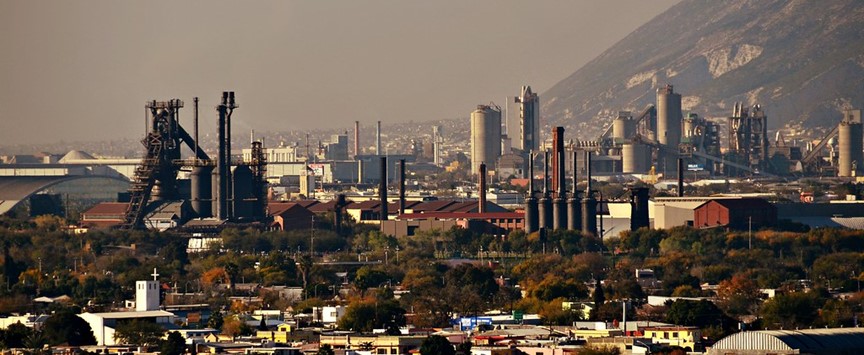
National Water Law
Water is a precious resource in Mexico, and the National Water Law (Ley de Aguas Nacionales) regulates its use, conservation, and protection from pollution. Mexico’s water scarcity issues, particularly in the north and central regions, have made water management a top priority. The law governs industrial water consumption, wastewater treatment, and the discharge of effluents into water bodies. The National Water Law requires industries to:
- Obtain permits for the extraction and use of water, which are allocated based on regional availability.
- Treat wastewater before discharging it into rivers, lakes, or oceans.
- Pay fees for water usage based on consumption and the environmental impact of their activities.
Industries that violate water regulations can face significant fines and penalties, including suspension of water use permits.
The Federal Law on the Protection of the Environment
The Federal Law on the Protection of the Environment (Ley Federal de Protección al Ambiente) sets additional provisions to control specific forms of pollution, including air pollution, noise, and hazardous substances. This law applies to all sectors of the economy and sets stricter regulations on the emission of harmful substances into the air and the release of toxic chemicals into the soil and water.
The law also includes provisions to promote biodiversity conservation, land rehabilitation, and public awareness about environmental issues. It authorizes various government agencies to enforce these regulations and impose sanctions for non-compliance.
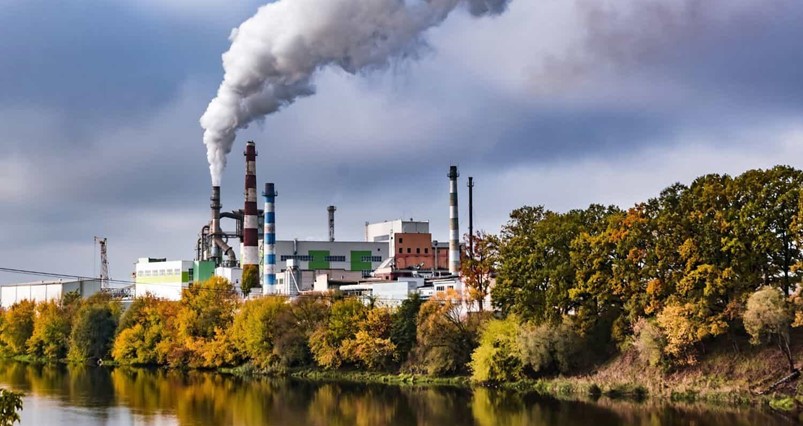
Health and Safety Laws in Mexico
Ensuring the health and safety of workers in industrial settings is critical, especially in industries such as mining, manufacturing, and energy production, where workers are exposed to hazardous conditions. Mexico has enacted several health and safety laws that set out the responsibilities of employers and the rights of workers to a safe and healthy working environment.
Federal Labor Law (Ley Federal del Trabajo)
The Federal Labor Law (Ley Federal del Trabajo - LFT) is Mexico’s primary piece of legislation governing labor relations, including the rights of workers to a safe and healthy work environment. The law applies to all employees, including those in industrial sectors, and mandates that employers provide:
- Safe working conditions: Employers must take preventive measures to protect workers from occupational hazards, such as exposure to toxic substances, machinery accidents, and excessive noise.
- Health care and insurance: Employers must provide medical care, insurance, and workers' compensation benefits for job-related injuries or illnesses.
- Occupational health programs: Employers are required to implement health programs that include periodic medical examinations, health education, and the control of work-related risks.
The law also establishes health and safety committees within businesses, which must monitor and address workplace conditions. These committees are often composed of both employers and employees, allowing for a collaborative approach to improving safety.
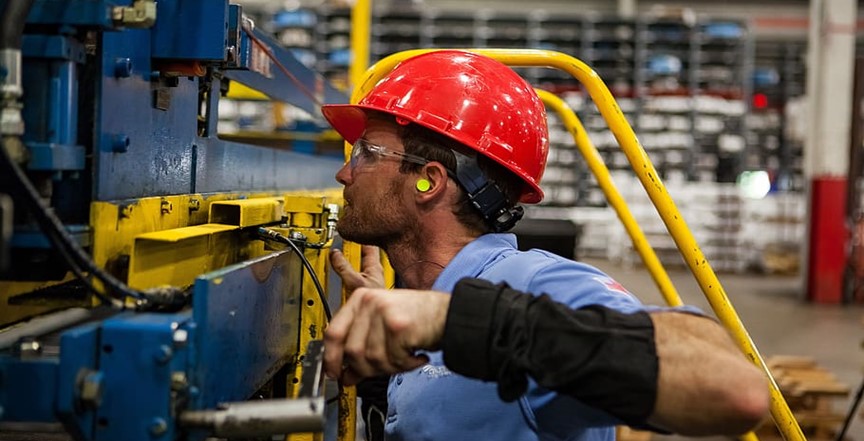
Mexican Official Standards (NOMs)
Mexico has a comprehensive set of Mexican Official Standards (Normas Oficiales Mexicanas - NOMs) that regulate workplace health and safety in industrial environments. These standards, which are issued by government agencies such as the Secretariat of Labor and Social Welfare (STPS) and the Ministry of Health (SSA), cover a wide range of issues, including:
- NOM-005-STPS: This standard governs the use of personal protective equipment (PPE) and sets guidelines for safety measures in high-risk workplaces.
- NOM-010-STPS: This regulation deals with the exposure to toxic substances in the workplace and specifies permissible exposure limits (PELs) for different chemicals.
- NOM-031-STPS: This standard regulates the prevention of accidents related to machinery, electrical installations, and mechanical equipment.
Failure to comply with these standards can result in heavy fines, temporary closure of operations, or legal action in the event of a workplace accident or illness.
The Mexican Social Security Institute (IMSS)
The Mexican Social Security Institute (IMSS) plays a significant role in ensuring the health and safety of workers in Mexico. The IMSS provides medical care, compensation for work-related injuries, and preventive health services to workers. Employers are required to register their employees with the IMSS and pay monthly contributions to cover health insurance, pensions, and social benefits.
Hazardous Substances and Workplace Safety
In addition to the aforementioned laws, Mexico has specific regulations for managing hazardous substances in the workplace. The Regulation on Safety and Health in the Workplace (Reglamento de Seguridad y Salud en el Trabajo) requires employers to:
- Assess and mitigate risks associated with hazardous substances.
- Provide appropriate safety training and equipment to workers handling chemicals, gases, and other dangerous materials.
- Ensure that emergency response protocols are in place to deal with accidents involving toxic substances.
Two significant Mexican environmental laws requiring industry compliance regarding hazardous substances are:
- The National Inventory of Chemical Substances (INSQ) (5,852 substances); and
- The Registry of Emissions & Transfer of Contaminants (RETC), Mexico’s counterpart to Toxic Release Inventory (TRI) in the U.S. and National Pollutant Release Inventory (NPRI) in Canada
Enforcement and Compliance
Mexico has several governmental bodies responsible for enforcing environmental and safety regulations, including:
- Semarnat: The Secretariat of Environment and Natural Resources (Secretaría de Medio Ambiente y Recursos Naturales) is the main authority for enforcing environmental laws. It conducts inspections, issues permits, and imposes sanctions for non-compliance.
- Profepa: The Federal Attorney for Environmental Protection (Procuraduría Federal de Protección al Ambiente) is the agency responsible for ensuring compliance with environmental laws. It carries out inspections, investigates environmental violations, and enforces penalties.
- STPS: The Secretariat of Labor and Social Welfare (Secretaría del Trabajo y Previsión Social) is responsible for enforcing labor laws, including occupational health and safety regulations.
- IMSS: The Mexican Social Security Institute oversees the implementation of workplace safety standards and the registration of workers for health benefits.
The Maquiladora System: Its Contribution to the Economy and Industry in Mexico
The maquiladora system, an industrial model centered on the processing and assembly of imported goods, has played a significant role in shaping Mexico’s economy and industrial development, especially since the mid-20th century. Originating in the context of U.S.-Mexico relations, the maquiladora system has evolved into a vital economic engine, providing employment, fostering industrial growth, and creating an extensive network of global supply chains.
What is the Maquiladora System?
The term "maquiladora" refers to factories or plants that import raw materials or components, assemble or process them into finished products, and then export those products, typically to the country of origin for the materials. Under this arrangement, the foreign company provides the raw materials and parts, while the maquiladora operation focuses on assembly, manufacturing, and sometimes light processing. Maquiladoras benefit from special trade agreements and tax exemptions, making them attractive to foreign companies looking to reduce production costs by utilizing lower labor costs in Mexico.
The maquiladora system was formalized in the early 1960s, when the Mexican government, seeking to boost the country’s industrial base and create jobs, established the “Border Industrialization Program.” This program allowed foreign companies to set up manufacturing plants in Mexico’s northern border region. Over time, the program expanded to encompass various other regions, though the northern border remained the most concentrated area for maquiladoras.
Historical Context and Evolution
The roots of the maquiladora system can be traced to Mexico’s economic history in the 20th century. Before the 1960s, Mexico’s economy was largely agrarian, and industrialization was slow. The country faced the challenge of modernizing its economy while creating jobs and reducing poverty. This process accelerated with the establishment of the Mexican Industrialization Program and the enactment of the Border Industrialization Program in 1965, a key initiative that incentivized foreign investments and led to the proliferation of maquiladoras.
The program was strategically located along Mexico’s northern border to facilitate trade with the United States. These factories began to assemble goods ranging from textiles and electronics to automotive parts and consumer goods. The maquiladora system became a model of export-oriented industrialization, capitalizing on Mexico’s proximity to the U.S. and its lower labor costs. Over time, this system became increasingly important in Mexico's economic landscape.
Economic Benefits of Mexico’s Maquiladora System
The maquiladora industry has contributed significantly to Mexico’s economy in several ways. It has become a key component in job creation, foreign direct investment, and the development of a more diversified industrial base. One of the most visible impacts of the maquiladora system has been the generation of employment. The creation of thousands of jobs, particularly in Mexico’s northern states like Baja California, Sonora, and Chihuahua, has been vital for reducing unemployment and providing income for millions of workers. The maquiladoras have attracted a steady stream of labor from rural areas, contributing to urbanization and the growth of cities along the U.S.-Mexico border.
By 2020, over 2 million people were employed in the maquiladora sector, making it one of the largest sources of employment in the country. Many of the jobs are concentrated in assembly and manufacturing positions, often requiring low to semi-skilled labor. While wages in maquiladoras are higher than in agriculture or other informal sectors, they are still generally lower than wages in the United States, which is a key factor in attracting foreign investment.
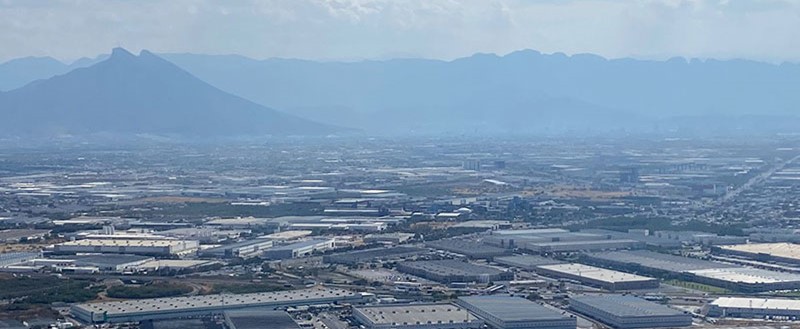
Foreign Direct Investment (FDI)
The maquiladora system has also been a significant driver of foreign direct investment (FDI) in Mexico. Foreign companies, primarily from the United States, have invested heavily in establishing factories in Mexico to take advantage of cost savings. In the early years, maquiladoras primarily focused on labor-intensive goods such as textiles, clothing, and footwear. However, as the sector evolved, more advanced industries, such as electronics, automotive manufacturing, and medical devices, were drawn to Mexico due to the growing availability of skilled labor and the favorable trade environment.
The influx of FDI has brought not only capital but also technology and management practices that have played a key role in modernizing Mexico’s industrial base. Through collaboration with foreign partners, Mexican workers and managers have gained exposure to new technologies, improving their skills and the overall productivity of the industry.
Exports and Trade Balance
Mexico’s maquiladora industry is integral to the country’s export economy. The goods produced by maquiladoras are largely destined for export, particularly to the United States, which is by far Mexico’s largest trading partner. In 2020, maquiladora exports accounted for nearly 40% of Mexico's total exports. The industry’s focus on producing high-value goods, such as electronics, automotive parts, and medical devices, has bolstered Mexico’s position in global supply chains.
The maquiladora sector has also had a positive effect on Mexico's trade balance. The goods produced by maquiladoras are part of the "maquiladora export trade" system, which means that raw materials and components imported for production are not subject to Mexican import duties. This system allows Mexico to maintain a favorable balance of trade with countries that supply raw materials, while still contributing to overall export growth.
Industrial Development and Technological Advancements
The maquiladora system has played a crucial role in advancing Mexico's industrial development. Initially, the maquiladoras focused on low-tech manufacturing processes, but as the sector matured, higher-value industries began to flourish. This shift was driven by the development of skills among the Mexican workforce and the incorporation of new technologies brought by multinational corporations.
One of the most significant developments has been in the automotive sector, where several major global car manufacturers—such as General Motors, Ford, and Toyota—have set up plants in Mexico. These companies rely on the maquiladora system to manufacture components like engines, transmissions, and electronics. As a result, Mexico has become a major hub for automotive production, both for domestic consumption and for export to other parts of the world.
In addition to the automotive industry, Mexico has also seen significant growth in the electronics sector. Major companies like Foxconn, Samsung, and LG have set up production facilities in Mexico to manufacture a wide range of products, including televisions, smartphones, and computers. This has helped Mexico position itself as a critical player in global electronics manufacturing, with the industry continuing to grow and diversify.
Mexican Industry’s Role in Regulatory Compliance
Industries in Mexico are responsible for adhering to the various environmental and safety regulations outlined by the government. Many large multinational corporations operating in Mexico have established robust compliance programs that align with international standards, such as ISO 14001 for environmental management and ISO 45001 for occupational health and safety management. In smaller and medium-sized enterprises (SMEs), compliance may be less rigorous, but the government continues to push for greater accountability through inspections and awareness campaigns. Non-compliance, sooner or later, will result in fines, mandatory corrective actions, and even temporary shutdowns to SMEs.
